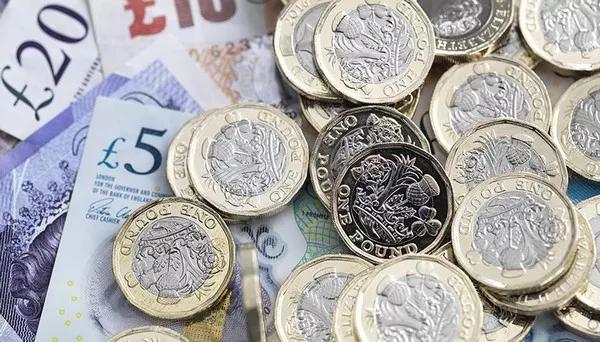The British Pound Sterling (GBP) began the week on a strong note, recovering sharply from Friday’s sell-off and outpacing its major counterparts. This rebound comes despite the gloomy economic data released late last week, which highlighted a decline in UK retail sales and contracting economic activity in November.
Economic Setback: Weak Retail Sales and PMI Data
Friday’s data revealed a 0.7% drop in UK retail sales for October, as reported by the Office for National Statistics (ONS). Retailers attributed the decline to consumer hesitation ahead of the UK government’s budget announcement on October 30. Additionally, the S&P Global/CIPS Composite Purchasing Managers’ Index (PMI) fell below the 50.0 threshold for the first time since October 2023, signaling economic contraction.
The PMI decline was attributed to sluggish manufacturing activity and stagnant service sector output. Chris Williamson, Chief Business Economist at S&P Global Market Intelligence, described the survey as “gloomy reading,” offering a sobering reflection on the UK economy’s health post-budget.
Pound Sterling Boosted by BoE Policy Expectations
The GBP’s recovery is largely driven by market optimism that the Bank of England (BoE) will adopt a measured approach to easing monetary policy. Investors anticipate that the BoE will maintain its interest rate at 4.75% during the December meeting, with a gradual reduction to 4% projected by 2025.
Speeches from BoE Deputy Governor Clare Lombardelli and policy member Swati Dhingra later on Monday are expected to provide further insights into the central bank’s policy direction.
Market Dynamics: GBP/USD Gains Amid Weak US Dollar
The GBP/USD pair climbed above the key resistance level of 1.2600 on Monday, as the US Dollar (USD) experienced a weak start to the week. The US Dollar Index (DXY) declined by 0.5%, trading near 107.00, while US Treasury yields fell to 4.33% following President-elect Donald Trump’s selection of Scott Bessent as Treasury Secretary.
Bessent has pledged to implement tariffs, reduce spending, and protect the Greenback’s status as the world’s reserve currency, moves that have reassured Wall Street analysts. However, his appointment has contributed to market volatility, with traders adjusting their expectations for Federal Reserve actions in December.
Friday’s upbeat flash S&P Global PMI data in the US provided a mixed backdrop. The Composite PMI rose to 55.3, its highest level in 31 months, indicating accelerating economic growth. Yet, traders remain split on whether the Federal Reserve will cut interest rates by 25 basis points or hold steady at the next policy meeting.
Technical Outlook: Key Levels for GBP/USD
The GBP/USD pair has rebounded after briefly slipping below the psychological 1.2500 level. Technical indicators suggest that this recovery could face headwinds, with the 200-day Exponential Moving Average (EMA) near 1.2800 acting as a major barrier.
The 14-day Relative Strength Index (RSI) remains subdued, signaling continued downside momentum. Support is expected near May’s low of 1.2446, while resistance at the November 20 high of 1.2715 will likely test the strength of the recovery.
Outlook: BoE Guidance in Focus
With speeches from key BoE officials and further US economic data expected this week, the Pound Sterling’s trajectory will hinge on central bank outlooks and macroeconomic developments. While the GBP has shown resilience, lingering economic challenges and cautious market sentiment suggest a bumpy road ahead.
Related Topics:


























